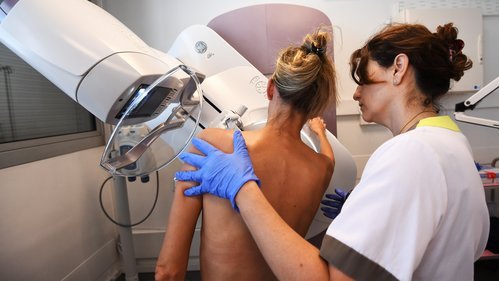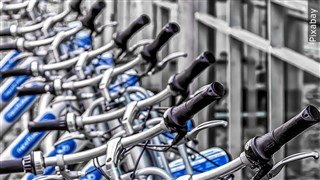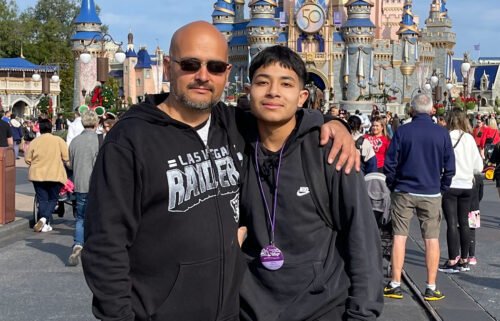Breast Cancer Awareness Month: 3 ways to prevent and detect the deadly disease

October is Breast Cancer Awareness Month, an international campaign aimed at increasing awareness of the second most common cancer in women, with the goal of someday stopping it.
The American Cancer Society estimates that there will be 271,270 new cases of breast cancer in 2019, 99% of which will be diagnosed in women.
Take a look at these ways to help prevent and detect this common, yet very serious, disease.
Reduce your risk
While risk factors like genetics and age cannot be avoided, you can take measures to lower your risk of breast cancer mainly by staying healthy.
The Centers for Disease Control & Prevention has several recommendations on how to do this.
The CDC recommends maintaining a healthy weight, exercising regularly, and discussing the risks of using oral contraceptives or hormone replacement therapy with your doctor. Breastfeeding your children if and when you have them, helps too.
They advise drinking little to no alcohol, citing sources that indicate that the risk of breast cancer increases with alcohol consumption.
Factors such as older age, dense breasts, genetic mutations, previous treatment using radiation therapy, and a family history of breast cancer may increase your risk of getting breast cancer, according to the CDC.
Know the symptoms
Many women are taught to look for new lumps or masses in their breast tissue but it’s important to be aware of other abnormalities.
Skin swelling or redness, change in breast shape, nipple discharge (other than breast milk), pain in or on the breast, and skin flaking or dimpling can be other possible warning signs of breast cancer, according to the Cancer Treatment Centers of America.
These signs are not a surefire indication of breast cancer, though, so be sure to see a doctor to discuss any new changes.
Get regular screenings
Some women are diagnosed with breast cancer after noticing symptoms, but many women with the disease have no symptoms at all. That’s why it’s vital to get regular mammograms.
The recommended age to start getting mammograms ranges from 40 to 50 depending on who you ask.
While the suggested age varies, the National Cancer Institute has found that women aged 50 to 69 years who get screening mammograms have a lower change of dying from breast cancer.




